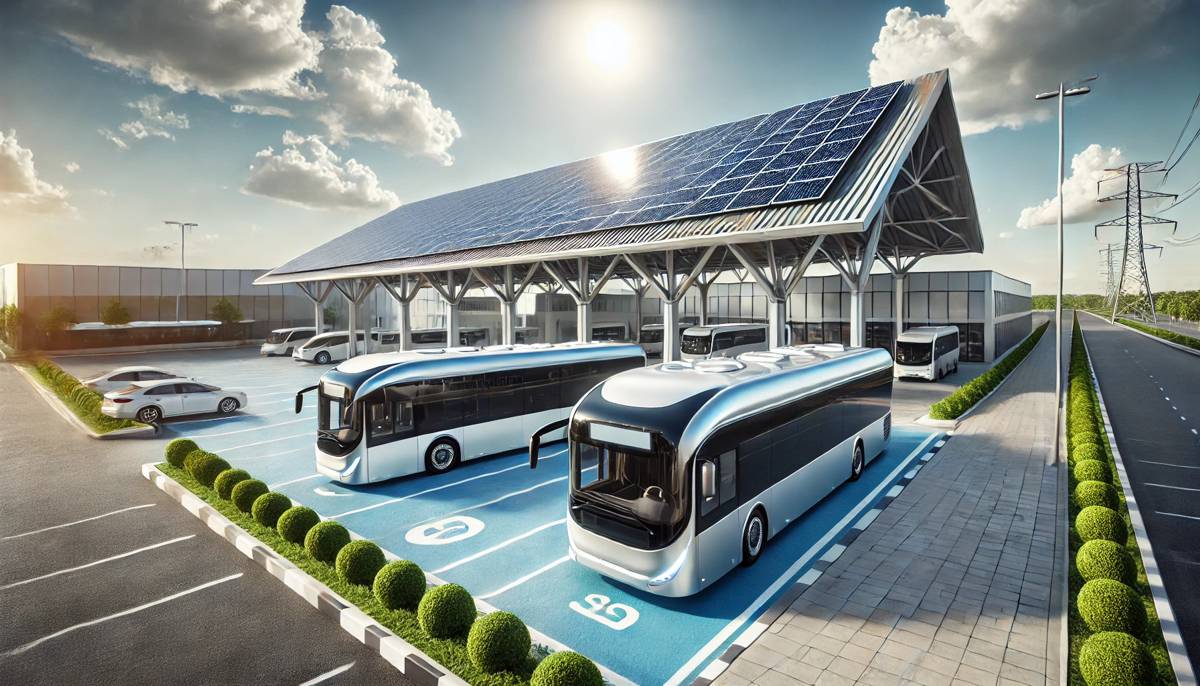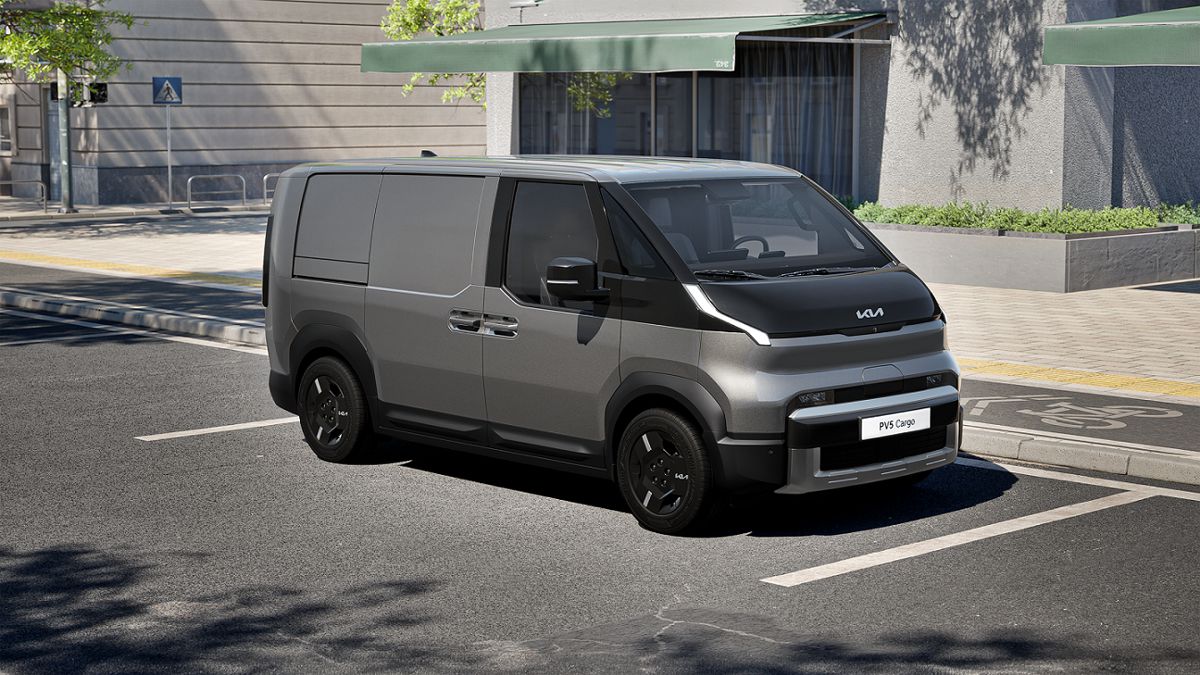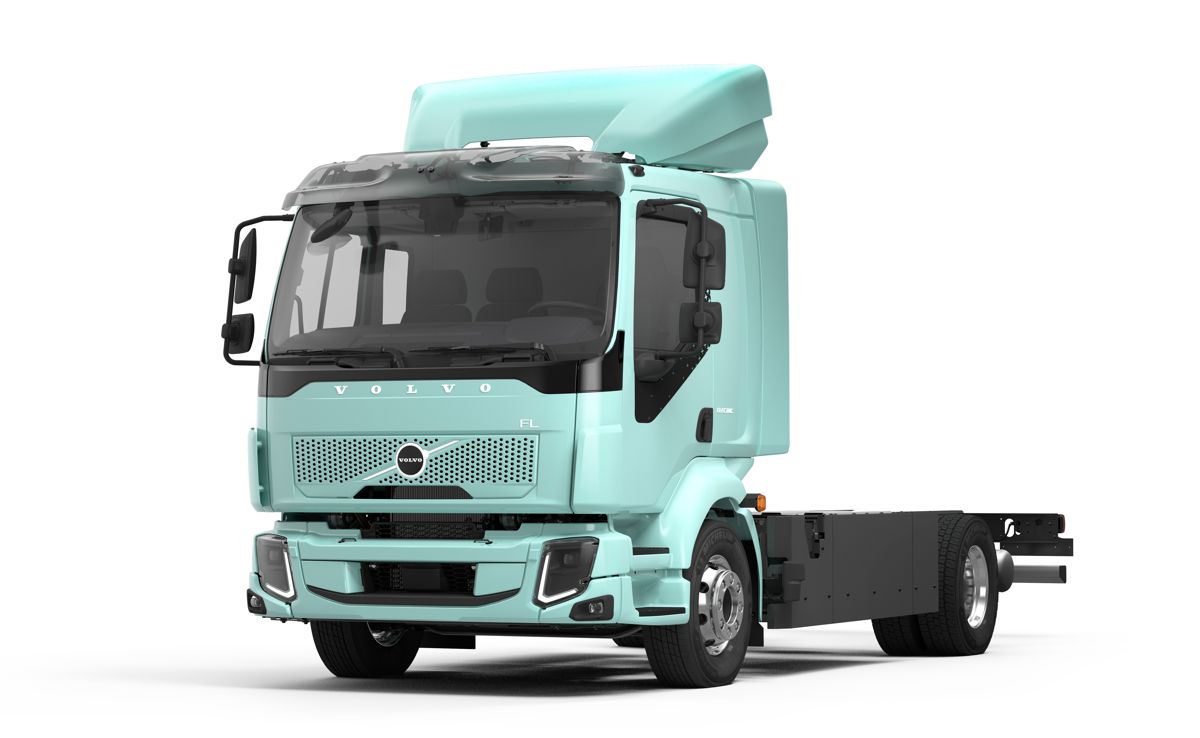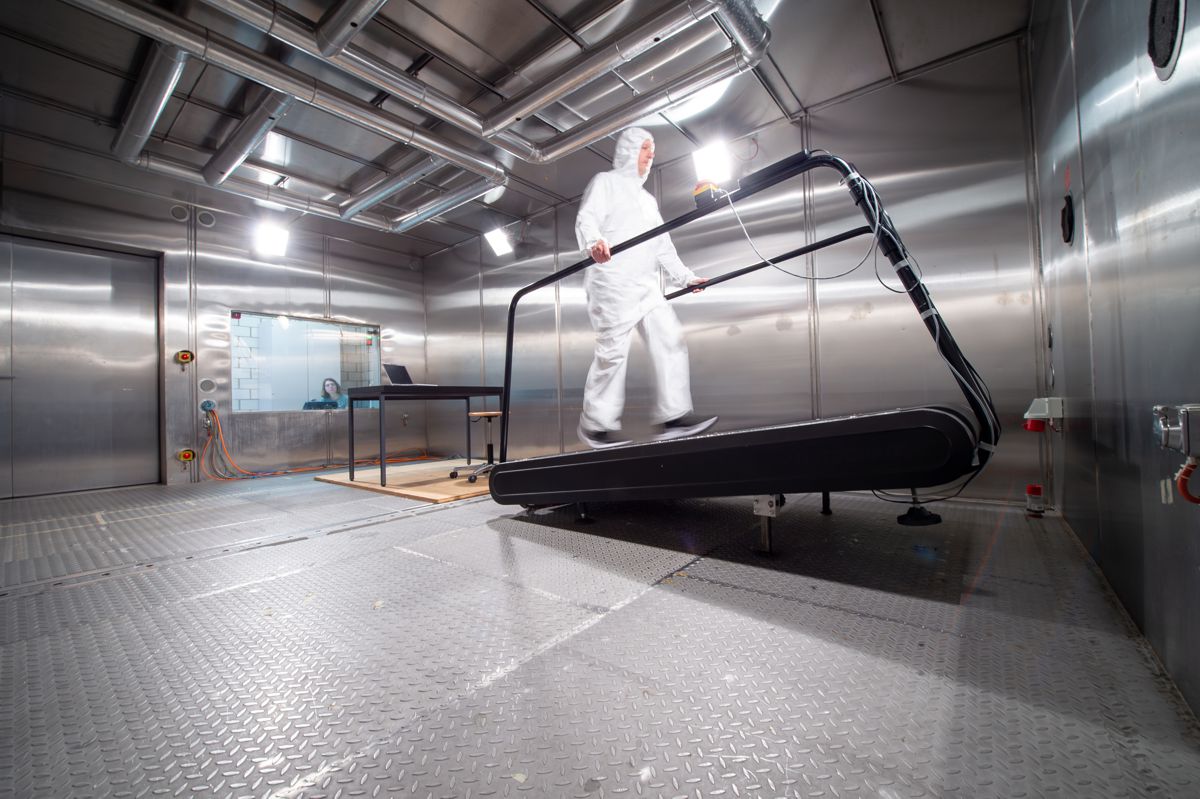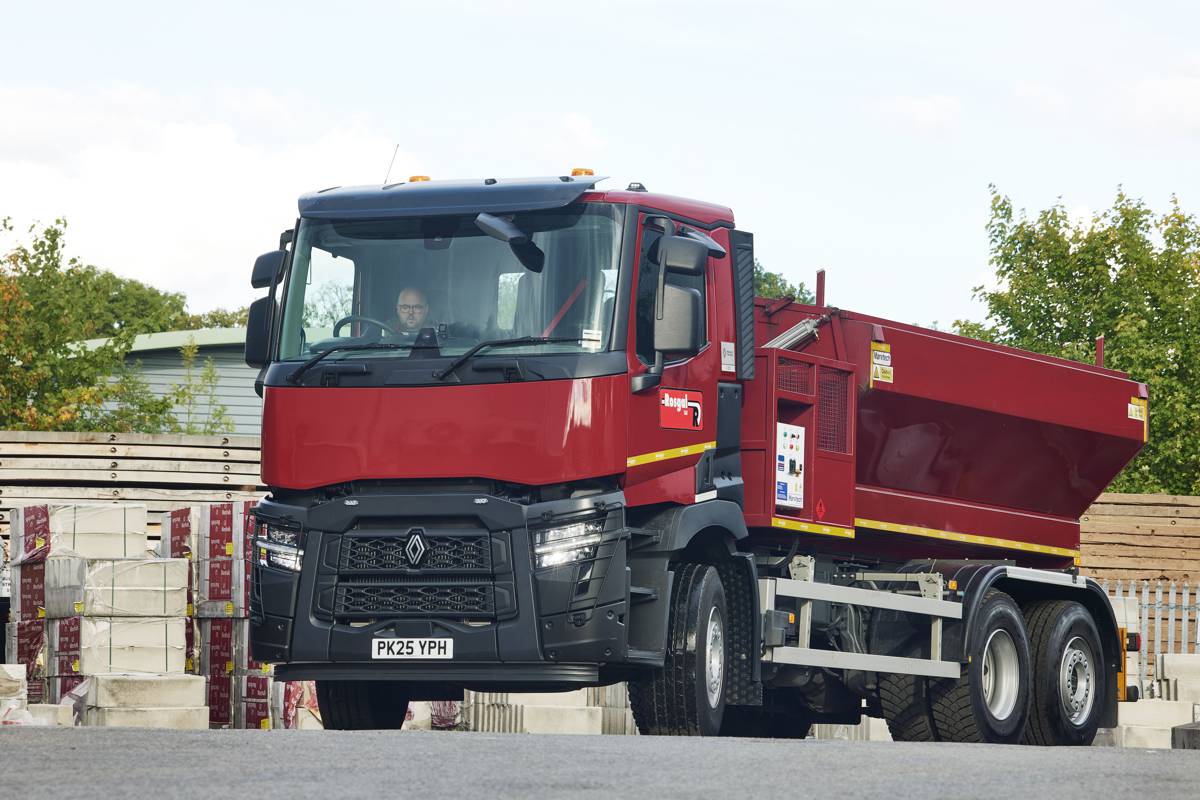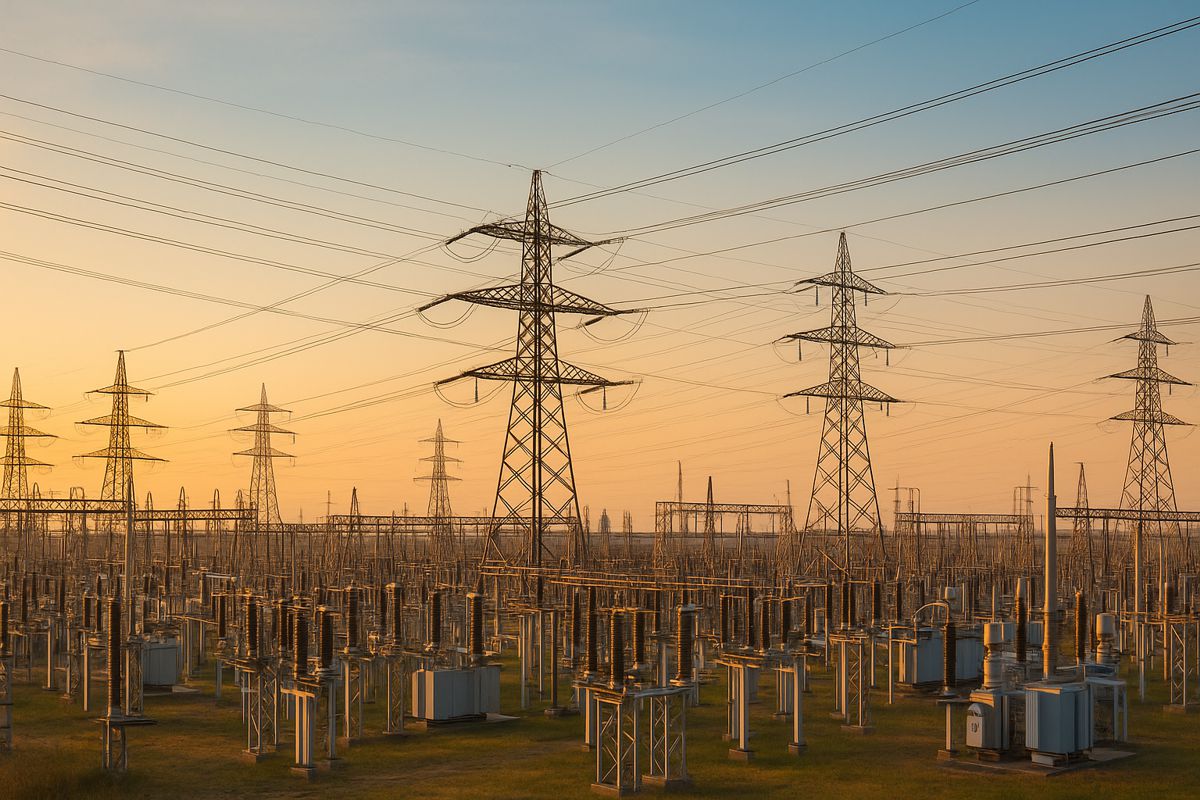Transforming Electric Bus Depots into Energy Powerhouses
Electric buses have become a cornerstone of urban sustainability, offering a cleaner, greener solution to public transport. But the surge in their adoption poses a critical challenge: how to manage the increased electricity demand without overwhelming power grids.
Enter a visionary approach that could redefine the role of bus depots, transforming them into “profitable energy hubs” capable of generating surplus energy while stabilising the grid.
A New Vision for Public Infrastructure
Professor Xiaoyue Cathy Liu from the University of Utah’s Department of Civil & Environmental Engineering sees electric bus depots as untapped assets. Rather than being mere charging stations, these depots can become hubs of renewable energy production and distribution. Liu’s recent study, published in Nature Energy, highlights how integrating solar power and energy storage at bus depots can alleviate grid pressure while contributing to renewable energy goals.
“Integrating onsite solar power generation and energy storage at bus depots introduces a brand-new renewable energy production and management mode,” said Liu. “This approach transforms a public transport depot into an energy hub that produces more electricity than it consumes.”
Beijing’s Massive Bus Fleet
Beijing, home to the world’s largest public transportation system, served as the ideal testing ground for this concept. With over 27,000 buses—90% of which are low- or zero-emission vehicles—and more than 700 depots spread across the city’s sprawling 6,500 square miles, the city’s infrastructure provides a unique opportunity to study the feasibility of solar-powered bus depots.
These depots already place a significant load on the regional power grid, with potential risks of brownouts or other disruptions. Liu’s team used advanced data science techniques to model whether solar panels on depot rooftops could offset this demand. The results were promising: with the right setup, these depots could not only meet their own energy needs but also produce excess electricity to stabilise the grid.
Data-Driven Insights into Energy Potential
The study leveraged a computer model of Beijing’s bus network, incorporating real-world data on air temperature, solar irradiance, and rooftop surface areas. By analysing conditions across 2020, the researchers predicted the potential energy output of solar panels installed at each depot.
But not all depots are created equal. Busier depots, with more vehicles to charge, can maximise a day’s solar output, while more remote depots face challenges in storing or redistributing surplus electricity. Liu noted that energy storage remains the most expensive component in the model. To address this, the study highlights the importance of dynamic and strategic charging schedules to optimise costs and energy usage.
“We found energy storage to be the most expensive factor in the model, so smarter and strategic charging schedules would need to be implemented,” said Liu. “That responsiveness is critical, as variable energy pricing schemes have such a large impact on the overall economics.”
Beyond Beijing
The implications of this research extend far beyond Beijing. Liu’s team aims to generalise their model, providing a blueprint for other cities and countries to evaluate the return on investment for transforming public transport depots into energy hubs. This scalable approach could be particularly impactful in regions grappling with high energy costs or unstable grids.
The study: “Transforming public transport depots into profitable energy hubs,” was published in Nature Energy and conducted in collaboration with researchers from China’s Beihang University, Sweden’s Chalmers University of Technology, and Germany’s Fraunhofer Institute for Systems and Innovation Research ISI. Funding was provided by several global initiatives, including the Beijing Nova Program, the National Key R&D Program of China, and the EU’s Horizon 2020 programme.
Key Benefits of Solar-Powered Bus Depots
Transforming bus depots into energy hubs presents numerous advantages:
- Grid Stability: Local energy generation reduces the strain on municipal grids, preventing brownouts.
- Cost Savings: Depots can lower operational costs by producing their own energy, avoiding peak pricing.
- Revenue Generation: Excess electricity can be sold back to the grid, creating a new revenue stream.
- Environmental Impact: Solar power significantly reduces carbon emissions, aligning with global climate goals.
Challenges and Solutions
Despite its potential, this model isn’t without hurdles. The high cost of energy storage systems remains a significant barrier. However, the study suggests that strategic charging schedules, combined with government incentives and falling costs for renewable technologies, could make the transition economically viable.
Moreover, the variability of solar power requires robust energy management systems. This includes integrating AI-driven tools to optimise energy storage, usage, and distribution, ensuring maximum efficiency.
Paving the Way for Energy-Integrated Cities
As cities around the globe grapple with the twin challenges of urbanisation and climate change, innovative solutions like solar-powered bus depots offer a glimpse into a more sustainable future. By rethinking how public infrastructure is utilised, cities can achieve not only energy independence but also financial and environmental benefits.
Liu’s research offers a compelling case for transforming what was once a logistical necessity into a cornerstone of urban sustainability. It’s not just about keeping buses running but about powering the cities of tomorrow.
